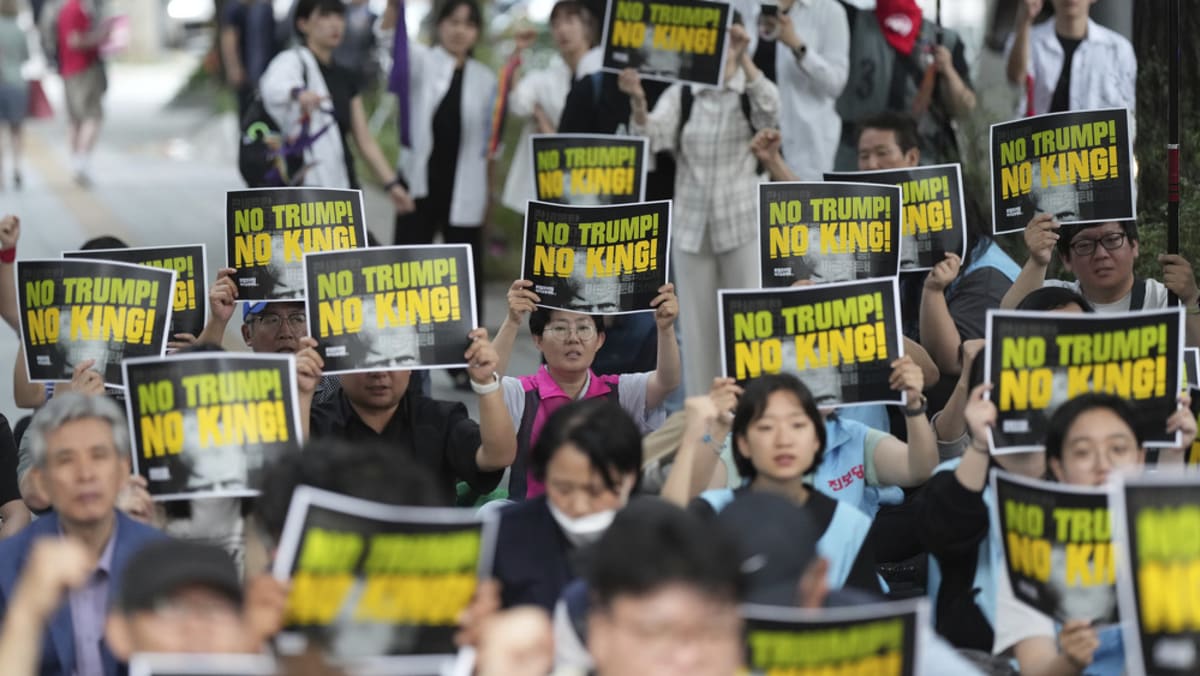WHY STAGFLATION HAS YET TO MATERIALISE
The bigger mystery is why the stagflationary impact of tariffs has yet to materialise in the aggregate data. Is the US really enjoying a free lunch, taking in US$300 billion a year in tariff revenues with none of the expected heartburn?
By some estimates, foreign exporters are indeed absorbing 20 per cent of the costs – a much larger share than they did in response to tariffs in Trump’s first term. The remaining 80 per cent, however, is still getting paid in roughly equal shares by US corporations and consumers.
The likely answer is that the negative economic effect of tariffs is being countered by other forces, including the mania for artificial intelligence and more government stimulus.
Since January, estimates of what the big tech companies will spend this year on building out AI infrastructure have risen from US$60 billion to US$350 billion. Smaller businesses are scrambling to catch the wave too, further boosting growth. And all this excitement is neutralising the fear that trade policy uncertainty would dampen animal spirits and freeze new capex.
AI-driven bullishness is also lifting growth by keeping financial conditions loose, even with higher interest rates. According to a new index from the Federal Reserve, those conditions would be neutral, not loose, were it not for the stock market, which has continued rising this year due largely to AI stocks.
Meanwhile, the promise of tax relief makes it easier for US corporations to absorb a larger than expected share of the tariff costs, rather than pass it all on to consumers. Trump’s “big, beautiful bill” is expected to save US businesses around US$100 billion this year and more than that in 2026, mainly in tax breaks.
